A trip to the petrol station has now joined meeting friends, watching a movie and going to the gym as a leisure pastime, according to research from BP Connect and Future Foundation, conducted to mark the 21st anniversary of convenience shopping on UK forecourts.
‘The Leisure Report: Change in the meaning of leisure over the last 21 years’, looks at how behaviour of consumers on the move has changed and how perceptions of petrol stations have developed.
Chris Sedgwick, marketing director of BP UK Retail, said: “A great deal has happened in the past 21 years. In 1983, the forecourt was a simple affair – fuel, cigarettes, chocolate and fizzy drinks were practically all that were available. Today, some forecourts, and in particular BP Connect service stations, offer a café where you can take a break and be tempted by a wide range of hot and cold food and drinks.
“In addition, chilled ready meals, fresh milk, bread, the daily news, magazines, household convenience goods, off licence, car accessories and washrooms are also available. All this means that the service station of today is playing an increasingly important role in everyday on-the-move consumer behaviour.”
The first convenience store on a British forecourt opened its doors for business in 1983. The Jet petrol station with Jiffy-branded shop in Swanley, Kent, set a precedent for forecourt shops of today. Patrick Hudson, head of retail at ConocoPhillips, said: “The Jiffy concept was new and different. Before convenience stores the range was very basic, but the Jiffy shops, which were around 400sq ft, saw car care and lubricants given less space and more space dedicated to convenience products.
“It was revolutionary at the time and was designed to look at customer traffic flow. We spent a lot of time on product positioning and segregated the image of the shop from the forecourt, which everyone now does.” While the Jiffy brand was faded out of the UK in the mid-90s, there are at least 200 Jiffy stores in Thailand still in operation.The findings in BP’s new report are based on a new analysis of data from the Future Foundation’s nVision service – an online database of 6,000 trends and forecasts. This data was supplemented with questions placed on the ICM omnibus with a nationally representative sample of UK adults aged 18 or over, conducted between May 25-28 this year. Results of the research reveal that with 41% of us spending more time ‘out and about’ than in 1983, and increasingly looking for new experiences, 16 million of us regard a trip to the forecourt as a new leisure experience, as it would appear to deliver on-the-go satisfaction, making good use of personal time.
“In a society where how we use our time is becoming increasingly important to us, the British forecourt, it would appear, is becoming a new leisure experience,” says Sedgwick. “What is becoming increasingly important is that people obtain greater satisfaction from leisure activity, and the amount of time an activity takes plays a role in that level of satisfaction. A visit to a service station delivers what you need in a
minimum amount of time.”
The 2004 British Leisure League (see table one on page 16), published by ICM and The Future Foundation and based on 1,011 UK adults aged 18-plus, shows that 62% of us now view stopping for a break while travelling as an enjoyable experience, while washing the car (33%) also makes it onto the league. Top of the league is spending time with friends or family (77%), closely followed by keeping fit (72%), and entertaining /cooking for friends (64%).
Charlotte Cornish, research director at the Future Foundation, who undertook the study for BP, said: “A trip to the forecourt and convenience shopping are becoming new leisure pastimes, as they offer the necessary balance of ‘time oasis’ and ‘convenient solutions’, in a country of wider choice, greater perceptions of time pressures and increased personal wealth. They occupy unusual ‘territory’ in everyday life, as they are a mix of ‘everyday, chore and interest’, which means we view them as a good way to spend time.”
THE 2004 SATISTIME INDEX
As part of the research programme, Future Foundation and BP has developed a new index that rates the amount of time spent doing an activity compared to the level of satisfaction gained from it, to deliver a time-spent, satisfaction-gained rating. The study derives from work done in Texas by American academic Lee Burns, who developed the US version – the Gazinta Index.
What is becoming increasingly important is that people obtain greater satisfaction from leisure activity, which helps with time management. When set against this index, the ranking of the new leisure activities receives a new order (see table 2).
The BP SatisTime Index shows that everyday activities take on a new meaning when time input is taken into account. The ability to get maximum satisfaction from the minimum time input becomes crucial to any activity’s satisfaction. Hence, shopping at a convenience store (ranked one) or forecourt (ranked six) come out considerably above shopping in a supermarket (ranked 10), because shopping in a supermarket takes much longer and the satisfaction gained is too low to move it up the ranking.
Stopping for a break or time out while travelling comes fourth because the advent of decent motoring rest places have enabled everyone to stop for a short amount of time and get a quality cup of coffee, a decent sandwich or baguette, or a hot snack or sweet treat, rather than being forced to buy a bar of chocolate or packet of crisps, which is all that was available 21 years ago.
Exercising, driving and watching TV all come way down the list (ranked 10,12 and 13 respectively) because they all require a high time input, causing their overall satisfaction level to drop.
The report concludes: “A leisure activity doesn’t need to be active to have a high SatisTime Index. While time saving will be vital to many aspects of life, there will also be a greater demand for activities that provide time spacing or time pacing. In effect, busy people’s leisure portfolios will be characterised by a range of short burst activities taking place alongside more restful activities – time oasis leisure. Going shopping and stopping for a cup of coffee in a café would be a prime example of this phenomenon – taking time out and letting the world pass by before entering the fray once more.”


















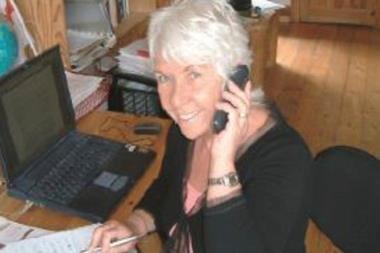

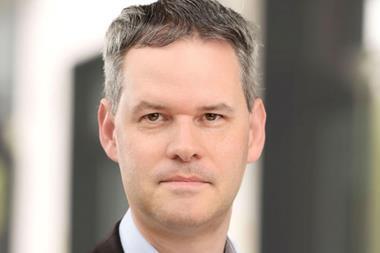
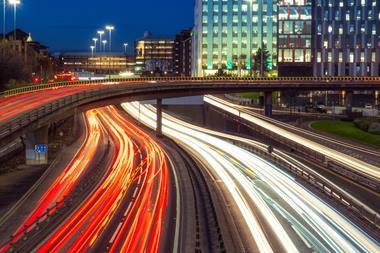





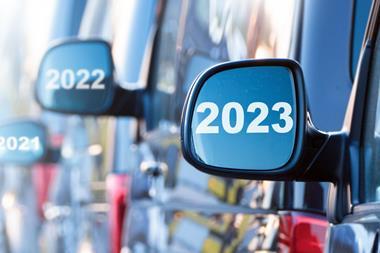
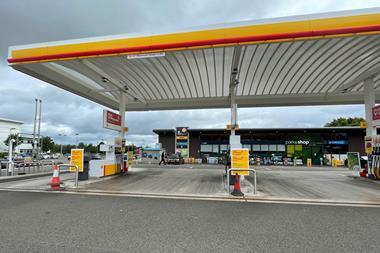
No comments yet